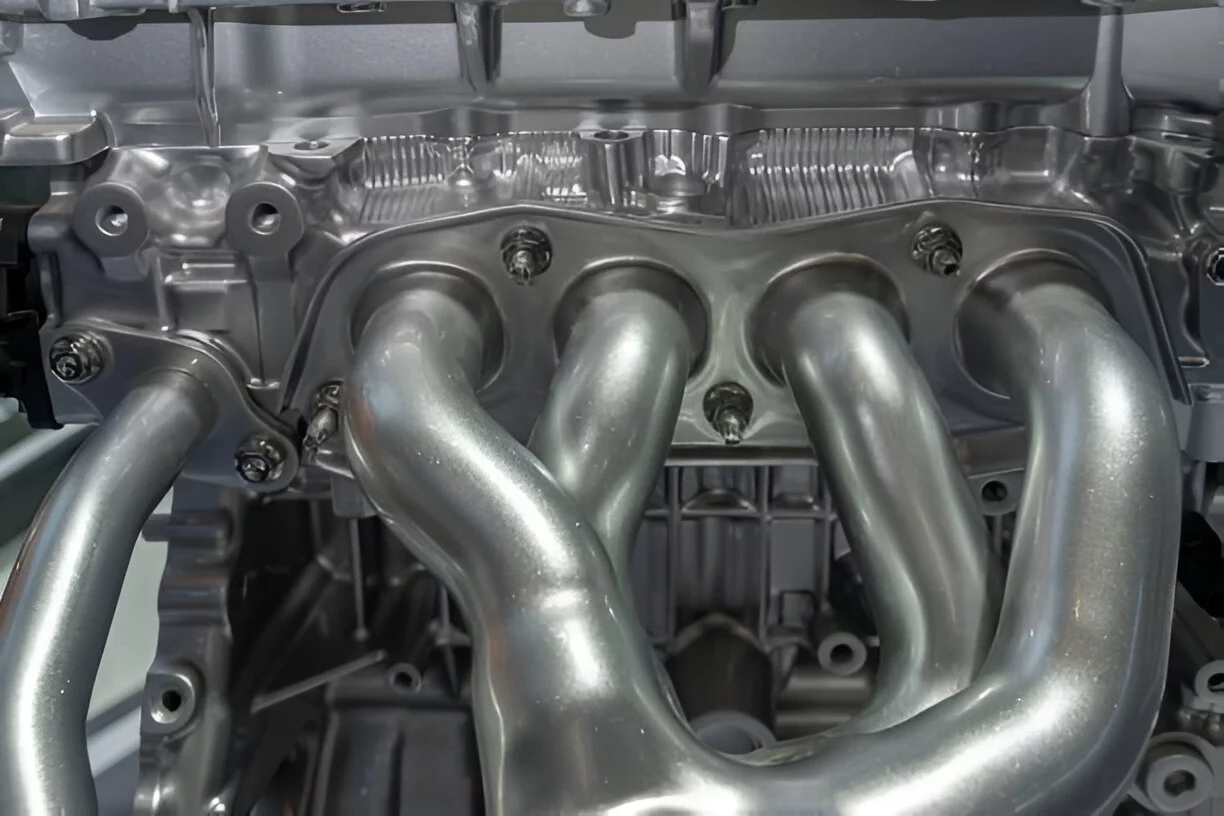In optimizing your vehicle’s performance, there are a number of components that are vital to the process. Among them, the exhaust manifold is one of the most important yet least recognized parts of the engine system. Although they appear fairly uncomplicated, this essential component plays a critical role in gathering exhaust gases from engine cylinders and routing them efficiently into the exhaust system. Whether you’re a weekend driver in the market for an upgrade or an everyday commuter searching for a replacement, the complexities of an exhaust manifold can help you make an informed, longer-lasting investment.
The exhaust manifold not only directs exhaust gases away from the engine — it also influences fuel efficiency, horsepower, engine temperature, and even the sound of your car. With time, elements such as heat cycles, corrosion, and wear can impair its function. If left unchecked, a malfunctioning exhaust manifold can result in decreased engine power, more emissions, and even engine failure. Being so important, this guide will take you through everything you want to know — from materials and types to performance setups and things to keep in mind before making a purchase. Let’s dive into the different things so that you can easily select the right exhaust manifold for your engine’s requirements.
What is an Exhaust Manifold and Why is It Important?
The exhaust manifold is a set of pipes attached to your engine’s cylinder head, which traps the exhaust gases post-burning and sends them to a single outlet. This piece is vital to ensure smooth air flow, decrease back pressure, and control engine heat.
A properly functioning exhaust manifold allows all of the burnt and unburnt gases to be expelled efficiently so that the air-fuel mixture is not contaminated and the engine runs as efficiently as possible. Contemporary manifolds could also help finish burning residual gases because of their high operating temperatures.
Exhaust Manifold Types Based on Construction
Learning about the construction of various manifolds will assist you in determining the most suitable one for your vehicle’s performance needs.
1. Cast Exhaust Manifolds
- One-piece factory-installed type.
- Cost-efficient and rugged.
- Restricted and interferes between the cylinders by their short tube structure.
- Heavily constructed and will influence gas mileage.
2. Tubular Exhaust Manifolds (Headers)
- Have distinct tubes per cylinder that permit cleaner flow of the gases.
- Emitting frequently seen on race and high-performance vehicles.
- Used in configurations such as 4-2-1 and 4-1 based on performance needs.
- Light weight and produced with performance goals in mind.
Materials Used for Exhaust Manifold
Material choice has a big impact on the durability, price, and heat handling ability of your exhaust manifold.
1. Cast Iron
- Inexpensive and readily available.
- Excellent heat absorption to shield surrounding components.
- Durable but susceptible to cracking from heat cycling.
2. Stainless Steel
- Excellent corrosion and rust resistance.
- Improved looks with a polished finish.
- Resistant to high temperatures and best suited for modified engines.
3. Titanium
- Lightweight and highly heat-resistant.
- Utilized in high-performance racing and aviation-grade engines.
- Extremely costly and typically reserved for high-end applications.
Typical Exhaust Manifold Layouts
Layout design directly affects engine power output in varying RPM ranges.
1. 4-2-1 Layout
- Gases from 4 cylinders are combined in steps (4 to 2 to 1).
- Delivers greater torque at mid-RPM.
- Most suitable for everyday street driving.
2. 4-1 Layout
- All 4 tubes combine directly into one.
- Lower back-pressure, greater performance at high RPM.
- Preferred in racing and performance installations.
Short Tube vs. Long Tube Exhaust Manifolds
The tube length of the manifold also determines vehicle performance.
| Short Tube (Shorty Headers) | Long Tube |
| Ideal for vehicles with constrained space under the hood. | Long primary tubes to enhance gas flow. |
| Most stock exhaust systems are compatible with it. | Greater power gain over an increased RPM range. |
| Gives even gas scavenging of exhaust and mid-level power improvement. | Ideal for track cars and high-performance engines. |
Key Factors to Consider Before Buying an Exhaust Manifold
Prior to a purchase, the following are key factors to consider:
1. OEM vs. Aftermarket
OEM manifolds are affordable but can be less durable. Aftermarket alternatives provide improved performance, build quality, and sound but at a premium price.
2. Material and Finish
Opt for stainless steel or titanium for long-term dependability. Aluminized coatings prevent rust but will not last once scratched or worn.
3. Thermal Insulation
Exhaust wraps and ceramic coatings assist in heat management in the engine bay. Ceramic coatings are perfect for high-performance engines to reduce heat transfer.
Warning Signs That Your Exhaust Manifold Needs to be Replaced
Even the strongest manifolds will eventually wear out. Be on the lookout for:
- Unusual engine sounds (tapping or ticking sounds).
- Loss of power and less acceleration.
- Visible rust or cracks.
- Strong exhaust fume odour in the cabin.
- Dashboard warning lights pertaining to emissions.
Maintenance Tips for Increased Manifold Life
- Check regularly for cracks and rust.
- Ensure heat shields are intact and secure.
- Avoid prolonged exposure to moisture and road salt.
- Use thermal wraps if your vehicle experiences extreme heat.
Conclusion: Invest Wisely in Your Exhaust Manifold
Selecting the proper exhaust manifold isn’t merely a matter of replacement—it’s a matter of enhancing your vehicle’s performance, efficiency, and reliability. Whether you select an affordable cast iron manifold or a premium titanium one, the correct choice will be based on your driving style, budget, and performance needs. From design and materials to thermal control and length, every aspect plays a distinct role in the engine’s behaviour.
As cars become newer, so do their parts. For those who want strong and high-performance cast parts, AKP Ferrocast is a world-leading supplier of high-quality ductile and gray iron castings. Relied on by industries such as automotive and marine, AKP Ferrocast provides quality that contributes to innovation and lifespan. Whether it’s a performance vehicle or a seafaring boat, you can depend on their cast solutions to keep things humming—mile after mile, wave after wave.

Lexy Summer is a talented writer with a deep passion for the art of language and storytelling. With a background in editing and content creation, Lexy has honed her skills in crafting clear, engaging, and grammatically flawless writing.



